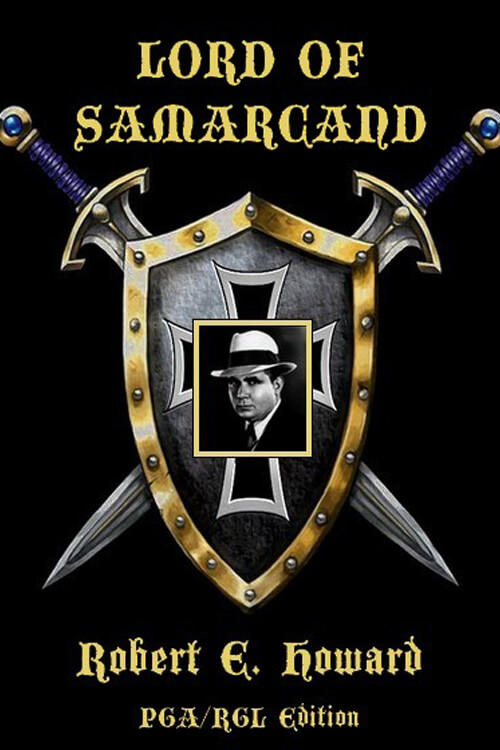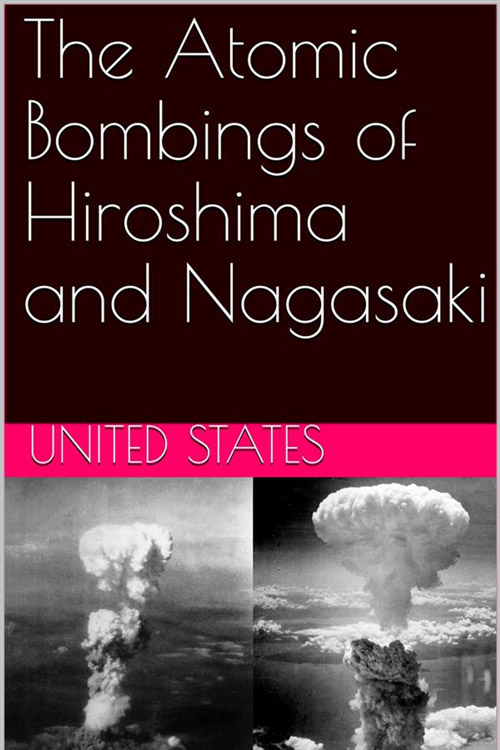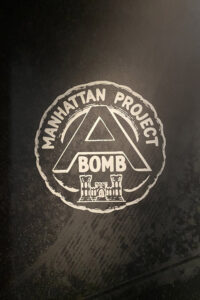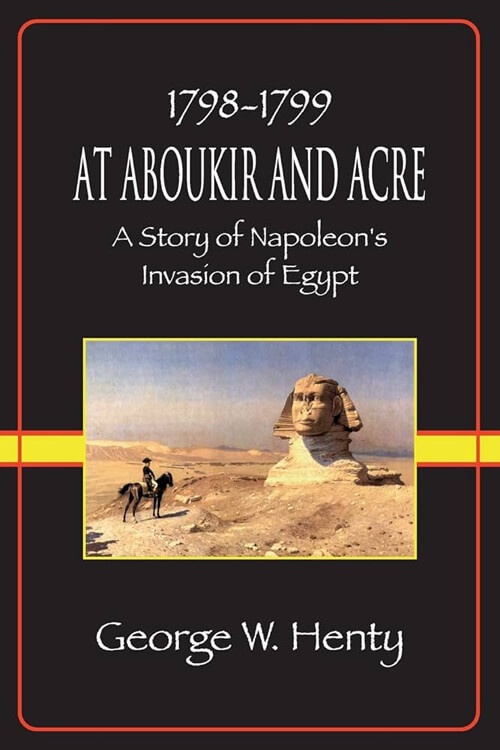
The Atomic Bombings of Hiroshima and Nagasaki
On 6 and 9 August 1945, the United States detonated two atomic bombs over the Japanese cities of Hiroshima and Nagasaki, respectively. The bombings killed between 129,000 and 226,000 people, most of whom were civilians, and remain the only use of nuclear weapons in an armed conflict. Japan surrendered to the Allies on 15 August, six days after the bombing of Nagasaki and the Soviet Union’s declaration of war against Japan and the invasion of Japanese-occupied Manchuria. The Japanese government signed the instrument of surrender on 2 September, effectively ending the war. In the final year of World War II, the Allies prepared for a costly invasion of the Japanese mainland. This undertaking was preceded by a conventional bombing and firebombing campaign that devastated 64 Japanese cities.
The war in the European theatre concluded when Germany surrendered on 8 May 1945, and the Allies turned their full attention to the Pacific War. By July 1945, the Allies’ Manhattan Project had produced two types of atomic bombs: “Little Boy,” an enriched uranium gun-type fission weapon, and “Fat Man,” a plutonium implosion-type nuclear weapon. The 509th Composite Group of the United States Army Air Forces was trained and equipped with the specialized Silverplate version of the Boeing B-29 Superfortress and deployed to Tinian in the Mariana Islands. The Allies called for the unconditional surrender of the Imperial Japanese armed forces in the Potsdam Declaration on 26 July 1945, the alternative being “prompt and utter destruction.” The Japanese government ignored the request.
Read or download Book
Manhattan Project
The Manhattan Project was a program of research and development undertaken during World War II to produce the first nuclear weapons.
Biography.
The United States led it in collaboration with the United Kingdom and with support from Canada. From 1942 to 1946, the project was under the direction of Major General Leslie Groves of the U.S. Army Corps of Engineers. Nuclear physicist J. Robert Oppenheimer was the director of the Los Alamos Laboratory, which designed the bombs. The Army component was designated the Manhattan District, as its first headquarters were in Manhattan; the name gradually superseded the official codename, Development of Substitute Materials, for the entire project. The project absorbed its earlier British counterpart, Tube Alloys. The Manhattan Project proliferated and employed nearly 130,000 people at its peak, costing about US$2 billion (equivalent to about $26 billion in 2022). Over 90 per cent of the cost was for building factories and producing fissile material, with less than 10 per cent for developing and making weapons. Research and production occurred at more than 30 sites across the United States, the United Kingdom, and Canada.






